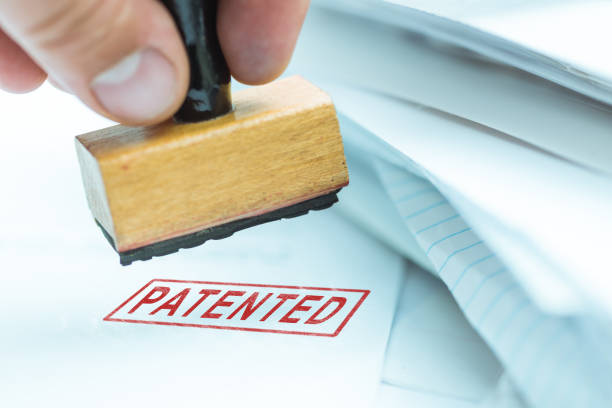The Evolution of Patent Office Practice Guides
The Patent Office introduced the Preliminary Practice Guide (“2012 Practice Guide”) in August 2012 alongside the regulations for the recently enacted America Invents Act (“AIA”) procedures. These encompassed inter partes review, post-grant review, covered business method review, and determination procedures. Initially aimed at informing practitioners about standard practices for the new procedures, the 2012 Practice Guide also aimed to establish consistency among different Patent Trial and Appeal Board (PTAB) panels.
2012 Practice Guide: A Foundation
The 2012 Practice Guide largely mirrored the practices used in previous challenged procedures, such as reevaluations and interferences. However, over nearly six years of AIA preliminary procedures, certain limitations in the application of the 2012 Practice Guide emerged.
Updates and Revisions
Consequently, the Patent Office initiated a series of updates to the Practice Guide, with the first release in August 2018. These updates aimed to align the Guide with the Office’s current view on best practices. Importantly, these updates did not necessarily introduce new practices but consolidated the analysis used by existing PTAB decisions on commonly contested procedural issues.
Key Updates from August 2018
- Expert Testimony Guidelines (Section I.G.)Emphasizing the significance of expert testimony in AIA proceedings, this update highlights guidelines and precedents commonly referenced by PTAB. It clarifies the PTAB’s practice of allowing broad submission of expert testimony, shifting challenges towards the weight of testimony rather than its admissibility.
- Word Count and Page Limits (Section II.A.3.)Reflecting the current preference for word counts over page limits in AIA briefs, this update advises concise, fact-based arguments with references to evidence. Unnecessary elaboration on general legal principles is discouraged unless specifically relevant to the case’s factual context.
- Consideration of Non-Selective Factors (Section II.D.2.)Addressing potential abuse of multiple proceedings against the same patent, this update echoes factor-based tests used by PTAB. It aims to reduce instances where a single petitioner or multiple petitioners initiate multiple AIA proceedings involving the same issues, minimizing the burden on Patent Owners.
- Sur-Replies as a Right (Section II.I.)Allowing sur-replies to principal briefs, this update pre-allocates dates for such submissions, providing clarity and ensuring fairness in the process. Granting Patent Owners the final word in principal briefs aligns with the need to persuade the PTAB for a different decision post-institution.
- Motions to Bar vs. Motions to Strike (Section II.K.)These updates emphasize that the PTAB typically decides such motions after oral hearings unless the issues raised are likely to remain unsettled or could prejudice a party, in which case a decision might be made before the hearing.
- Oral Hearing Procedures (Section II.M.)This update grants Patent Owners the opportunity for the final word at oral hearings and allows PTAB to guide pre-hearing meetings on critical issues, aiding parties in focusing their arguments during the limited hearing time.
The evolution of these Practice Guides reflects the dynamic nature of AIA procedures, adapting to address emerging challenges and streamline the resolution process for all involved stakeholders.


